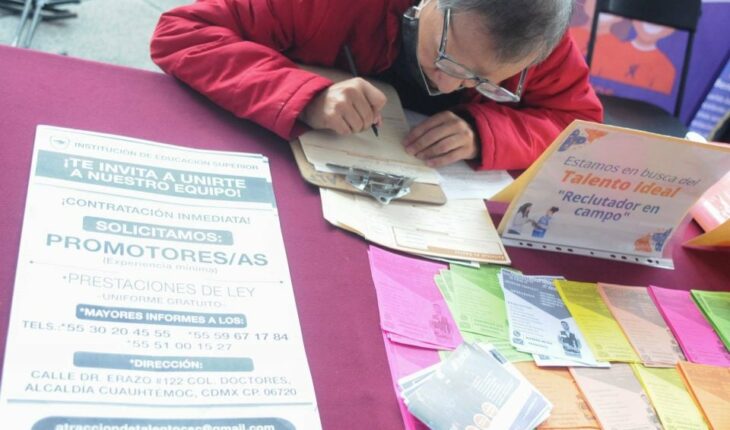In Mexico, a woman would have to work 51 more days a year if she wanted to earn the same average income that a man receives. According to an analysis by the Mexican Institute for Competitiveness (IMCO), in 2022 the income gap in the country was 14%, which means that, for every 100 pesos earned by men, women only receive 86.
The states with the largest income gap between men and women are Oaxaca (where they earn 27.1% less), Colima (25.3%) and Hidalgo (24.9%). In contrast, those where the difference is smaller are Chiapas (10.2%), Mexico City (7.7%) and Veracruz (6.2%).
In Mexico, a woman would have to work 51 days more if she wanted to earn the same average annual income as a man📈💸.
Presentation of the report “Gender Pay Gap: An International Sector Comparison” @imcomx @COMEXI @cceoficialmx @ValeriaMoy #DatosPorLaIgualdad pic.twitter.com/lO8FTPoPQr
— Raquel López-Portillo Maltos (@RaquelLPM) November 8, 2022
The sectors of the economy where inequality is greatest are: information in mass media, other non-governmental services and retail trade. Those where women earn on average more than men – but in which they have little participation – are real estate services, construction and mining, where they have the opportunity to access better jobs.
This is the situation experienced by Mexican women, who represent 52% of the population and contribute 40% of the country’s workforce. According to IMCO data, until August 2022, four out of 10 employed people in the country were women, equivalent to 22.8 million workers.
During the period from 2005 to 2010, the gender income gap showed an improvement, decreasing four percentage points; However, in the following nine years, until 2019, this stagnated between 15% and 16%.
The lowest point of the gap was observed during the COVID-19 pandemic, when it stood at 11%, but by 2022 it rose again to 14%, along with the return of women to the labor market.
In a comparison of the wage gap between 10 countries, Mexico ranked number nine, only above Colombia, where the income gap is only 4.9%.
Above Mexico are Iceland (with a gap of 17.4%), Peru (18.6%), Uruguay (21.1%), India (22.7%), the United States (23.5%), Chile (23.6%), Japan (25.7%) and the United Kingdom (32.7%).
What’s behind the income gap?
The IMCO analysis identified certain labor dynamics that predominate in these countries and that allow us to understand the causes of wage inequality:
That, globally, women tend to be concentrated in occupations related to care or customer service, jobs that are related to lower incomes, while men occupy positions that require skilled skills, with higher pay.
Working women tend to be concentrated in low-ranking jobs and are underrepresented in managerial and managerial positions.
The proportion of working women who are in an unpaid occupation is higher than that of men.
With less time available to offer in the labour market and less chance of reaching senior positions, women tend to generate lower income.
🟣 #DatosPorLaIgualdad Around the world, women tend to earn less for their work than men.
This phenomenon is due to structural barriers faced by women such as unpaid🤰🏽 work and occupational segregation.
Read more🔎: https://t.co/DkrwLxHVI1 pic.twitter.com/VoaFGwl2W6
— IMCO (@imcomx) November 8, 2022
To advance in closing the gender income gap, the IMCO proposes to break with occupational segregation that assigns work based on stereotypes that consider that certain tasks are exclusive to men or women, which limits their professional development.
The institute recommends that employers in Mexico carry out self-diagnoses of the wage gap within the workplace, and move towards salary transparency to give way to the formation of criteria established for remuneration in each position, as well as for salary increases.
It also proposes eliminating practices that can perpetuate labor market inequality between men and women, such as considering marital status, age, whether they have children or other details of personal life as determinants for a position, as well as the implementation of policies that promote work-life balance among employees to improve the quality of employment.
What we do at Animal Político requires journalists professionals, teamwork, maintaining dialogue with readers and something very important: independence. You can help us keep going. Be part of the team.
Subscribe to Animal Político, receive benefits and support free journalism#YoSoyAnimal





